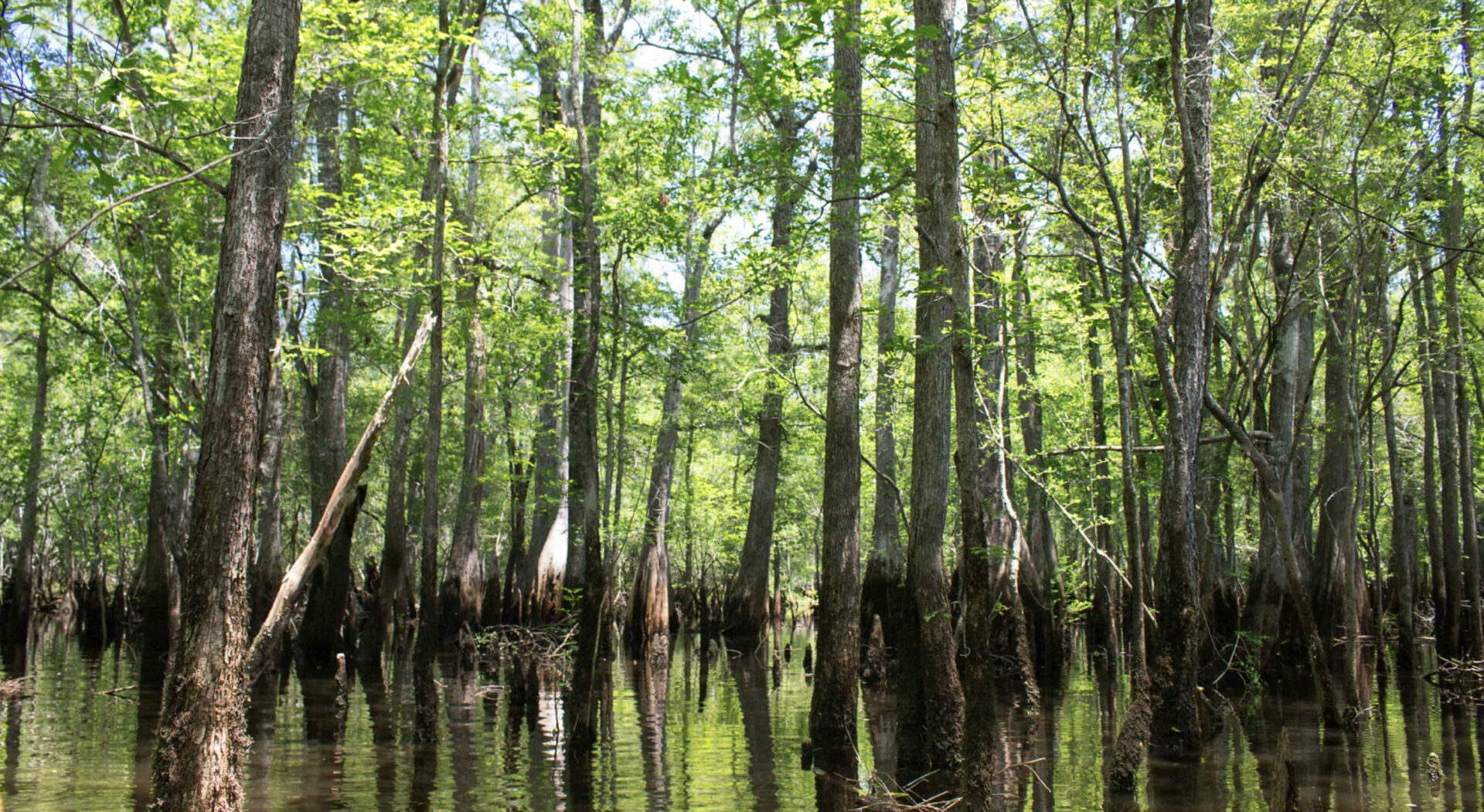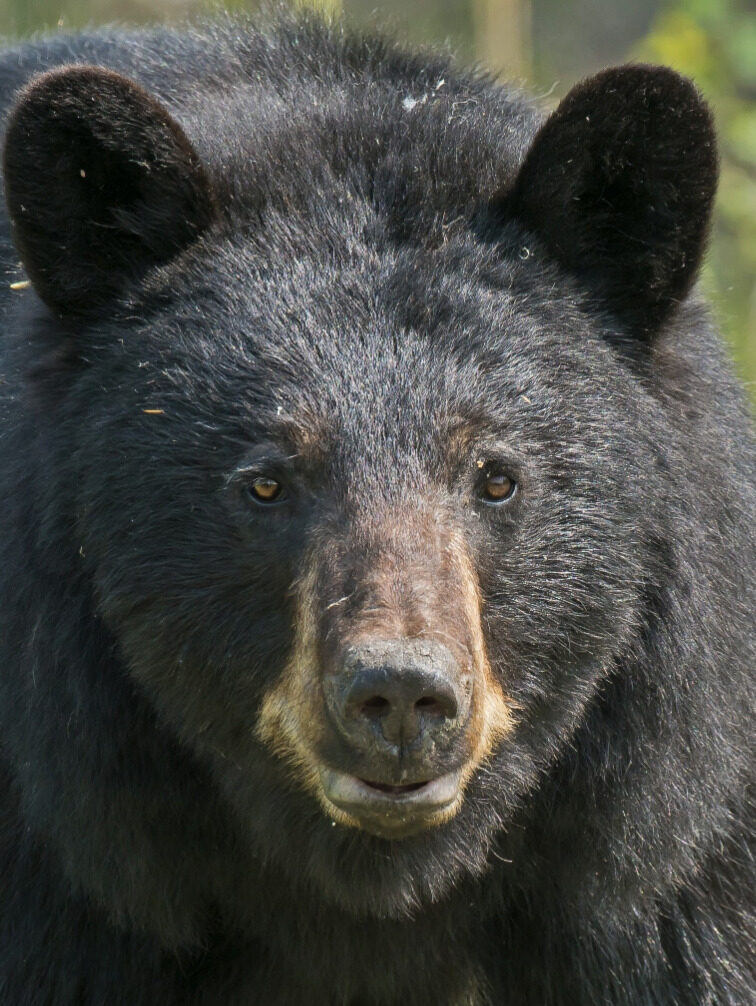A Good News Story
Saving Native Forests in the U.S. Southeast
How hard work and perseverance can overcome powerful forces an why “the science” matters.

Written by Dr. James R. Strittholt
Executive Director
The environmental news is dominated by grim prognoses regarding the natural world and there are seemingly endless stories illustrating humanity’s collective failures. I often hear that conservationists rarely (if ever) win against the powerful and that “the science” doesn’t matter. I have found working in conservation to be extremely demanding on the mind and often painful to the soul, but I have never given up on my firm belief that “the science” very much matters and that conservationists can overcome the powerful.
The Main Story…

In the most recent newsletter from the Dogwood Alliance, I was thrilled to read about the amazing progress being made against formidable destructive forces on the native forests of the U.S. Southeast, which are some of the most biologically rich forests in the entire country and, for some taxa, in the entire world. Executive Director Danna Smith tells the compelling story about how the biomass industry operating in the region is collapsing after over a decade of expansive destruction. The Dogwood Alliance has led the charge to combat this powerful, heavily subsidized industry with numerous international ties. This continuing David and Goliath story, which is not over yet, is showing strong indicators that are both uplifting and hopeful.
According to Danna Smith, the important antidote to the lies and misinformation from the biomass industry has included the use of hard evidence, the backing of scientists, and the stories of people living in the region. CBI has had the honor to provide some of the foundational science backing over the years – some directly to the Dogwood Alliance, but also in collaboration with their conservation partners. For example, CBI conducted as extensive assessment on the threat from the rapidly expanding chip mill industry on the recovering forests of the Southeast and published a report with NRDC in 2015. Much of the spatial data from the report is also still available on Data Basin to assist in the ongoing battle to protect our native forests.

